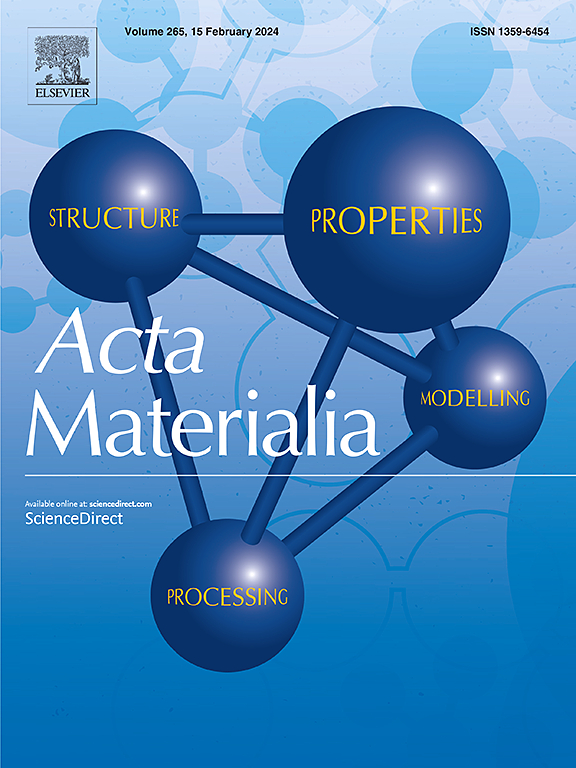Ruddlesden-Popper tolerance factor: An indicator predicting stability of 2D Ruddlesden-Popper phases
IF 8.3
1区 材料科学
Q1 MATERIALS SCIENCE, MULTIDISCIPLINARY
引用次数: 0
Abstract
Two-dimensional Ruddlesden-Popper (RP) phases receive the focus of extensive research because of their unique optical and electrical properties. Accurate prediction of stable RP phases can expedite finding new RP compositions with improved properties for practical applications. However, most attempts are limited to finding new RP phases by employing time-consuming computational approaches. Although descriptors such as cationic radius ratio or Goldschmidt tolerance factor can be used alternatively, they have shown limitation in predicting stable RP phases. In this study, thus we develop a novel RP tolerance factor () derived through machine learning based process, which exhibits high accuracy in classifying RP and non-RP phases. The is a simple form based solely on ionic radii and incorporates two meaningful parameters: inverse cationic radius ratio and inverse octahedral factor. Additionally, shows a linear correlation with first-principles density functional theory formation energies, allowing us to determine the relative stability of RP phases beyond mere classification. By utilizing as a descriptor, we propose the new compounds that showing potential for RP phases, and we expect it will pave the way for the discovery of novel RP phases for future optoelectronic applications.


求助全文
约1分钟内获得全文
求助全文
来源期刊

Acta Materialia
工程技术-材料科学:综合
CiteScore
16.10
自引率
8.50%
发文量
801
审稿时长
53 days
期刊介绍:
Acta Materialia serves as a platform for publishing full-length, original papers and commissioned overviews that contribute to a profound understanding of the correlation between the processing, structure, and properties of inorganic materials. The journal seeks papers with high impact potential or those that significantly propel the field forward. The scope includes the atomic and molecular arrangements, chemical and electronic structures, and microstructure of materials, focusing on their mechanical or functional behavior across all length scales, including nanostructures.
 求助内容:
求助内容: 应助结果提醒方式:
应助结果提醒方式:


